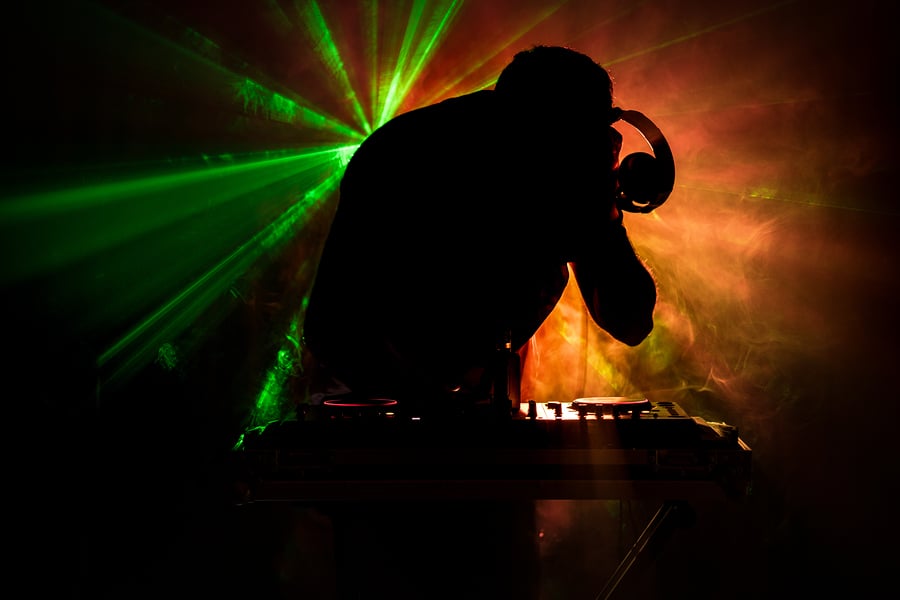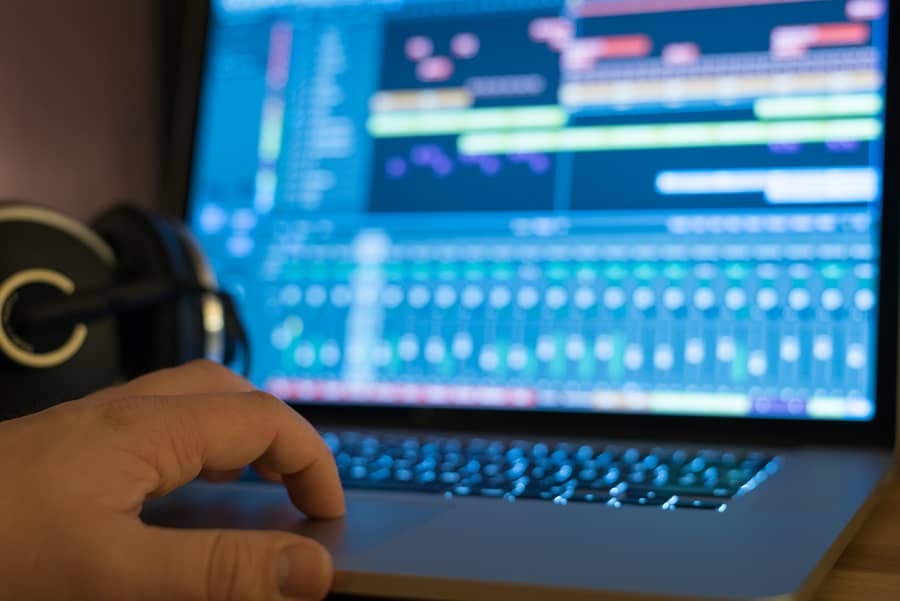Technology is a big part of the entertainment industry today. A disc jockey no longer just plays records. A DJ now uses an entire advanced sound system. The centerpiece of which is the mixer.

What is a DJ mixer?
A DJ mixer is an important piece of electronic equipment used by disc jockeys to mix sound effects and audio sources during live events such as dances. It also allows the disc jockey to make his own audio using other sources and makes it easy to play continuous music without downtime. This way people can dance without one moment of silence.
Benefits of DJ mixers
Most mixers can record audio, and be used to make a unique mix that the DJ can be played on cue. The DJ mixer makes changes to one or more recordings by altering the audio’s basic components. A crossfader, one of the defining features of mixers, serves as a pair of faders running into each other.
The DJ can thus quickly transition from one track to the next by fading out of one song and fading into another one simultaneously. It allows the volume of one track to momentarily lower before raising it up again for the next one. In this way, the DJ can keep the dancing going non-stop.
The DJ mixer also allows the DJ to actually feed any non-playing audio source into his headphones. Additionally, although some DJs are into improvising at a gig, others like to make their own mixes and keep a list of them ready prior to an event.
How is a DJ Mixer used for scratching?
Today’s scratching techniques are done with the inclusion of direct-drive turntables which are connected to the DJ mixer system. It’s known as turntablism. Early belt-drive turntables had slow start-up times and the belt would break from the scratching or “back-spinning.” Without the mixer, however, the back spinning would not be heard in the mix.

How is a DJ Mixer used for beat-mixing, and beatmatching?
Beatmatching is also known as pitch cue. It is a technique that allows a DJ to time-stretch an upcoming cut to match its tempo to that of a track presently playing. This results in the beats (and the bars) being synchronized.
For example, the snares and kicks on a pair of house music tracks can be altered to hit at the exact same moment when both of the recordings are played at the same time. Beatmatching is essentially a part of beat-mixing which uses a combination of beatmatching and equalization. This technique was created as a way to keep people from walking off the dance floor when a song ended.
Today it is a basic technique for DJs working in any genre of dance music. The beat is kept continuous and constant throughout the night at the club even if there is a change in disc jockeys during the evening. Advances in digital software have made beatmatching easier to master.

What are some common features of good DJ Mixers?
Other than crossfading, DJ mixers generally include a number of other common features that aid a disc jockey in creating his own unique signature sound. Some basic audio components include several different controls that allow the disc jockey to control and change the bass, beat, and treble of the audio. Many units don’t include more than a few generic sound effects but DJs reportedly focus on mixing music that already exists instead of adding sound effects anyway.
Of course, the best DJ mixers are built for hybrid DJ rigs. They are compatible with both digital rigs and analog setups. They include four input channels and each one of them should have gain, and LED metering.
LED metering is especially helpful for live events. It provides a great visual for checking or monitoring levels. Three-band EQ control for all channels is also a good feature for a DJ mixer to have.
It’s best to have a DJ mixer that is compatible with both Mac and PC and comes with what’s known as a dedicated “XLR mic channel” with an extra input for an additional mic in the mixer’s fourth channel. In fact, multiple phono, line and mic inputs are always good. The mixer should also work well with Serato and the crossfader should operate smoothly and free of any hiccups.
The best DJ mixers should also be free of cheap knobs and controls as well since they will get a lot of use and must be endurable. Cue buttons should not be too small. A top DJ Mixer should include a replaceable crossfader with slope control.
It should also work with all current OS systems. In general, build, durability, and stability are all important as well. Price comparison shopping is always especially recommended for disc jockeys on a budget.
There you have it, music fans. Now you know more about what you’ll need to be a DJ. With such a variety in DJ mixers, one really must research needs, wants and budget range.

References
https://en.wikipedia.org/wiki/Mixing_console





















